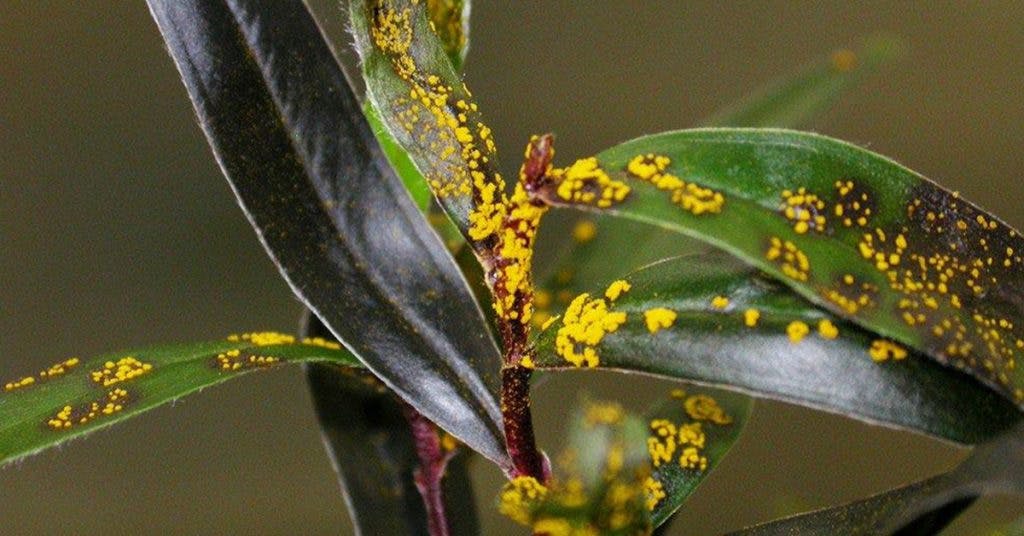The lethal fungus myrtle rust that attacks iconic New Zealand trees such as pohutukawa and manuka has been found in the Auckland region for the first time.
The Ministry for Primary Industries (MPI) says a serious infection of several hundred Lophomyrtus (ramarama) plants has been confirmed on a commercial plant production property in the Waimauku area of west Auckland.
Myrtle rust is a fungus that attacks and can seriously affect myrtle species plants, including pohutukawa, manuka, kanuka and rata. Spores are microscopic and can easily spread across large distances by wind, or via insects, birds, people, or machinery.
“Visibly infected plants will be safely destroyed as quickly as possible and we will begin to check neighbouring properties to identify any other potential infections,” Myrtle rust response controller Dr Catherine Duthie said.
“This is a significant new find given the location and the extent of the infection. However, sadly, it is also an expected detection. While myrtle rust has been relatively dormant over the winter months, we have been expecting new infections to be identified as we head into the warmer summer months and the fungus begins to release spores again.”
Myrtle rust has also been found in Northland, Waikato, Te Puke, and Taranaki. It is also widespread on Raoul Island in the Kermadec group north-east of Northland.
Evidence suggests the fungus was blown to New Zealand by strong winds from Australia, where it is well established down the east coast.
Symptoms to look out for on myrtle plants are:
Bright yellow powdery eruptions appearing on the underside of the leaf (young infection)
Bright yellow powdery eruptions on both sides of the leaf (mature infection)
Brown/grey rust pustules (older spores) on older lesions
Grey, ‘fuzzy’ spore growth on undersides of leaves
Some leaves may become buckled or twisted and die off.
If you think you see the symptoms of myrtle rust:
Don’t touch it or try to collect samples as this may increase the spread of the disease
Call the MPI Exotic Pest and Disease Hotline on 0800 80 99 66
If you are able to, take clear photos, including the whole plant, the whole affected leaf, and a close-up of the spores or affected area of the plant







